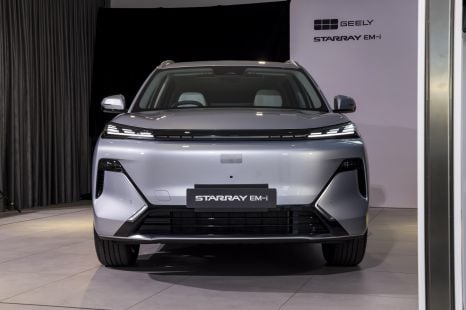

James Wong
2026 Geely Starray EM-i: PHEV SUV priced for Australia
4 Hours Ago
The most affordable 4x2 versions of the popular Ford Everest and Isuzu MU-X will be axed due to the New Vehicle Efficiency Standard.

Managing Editor
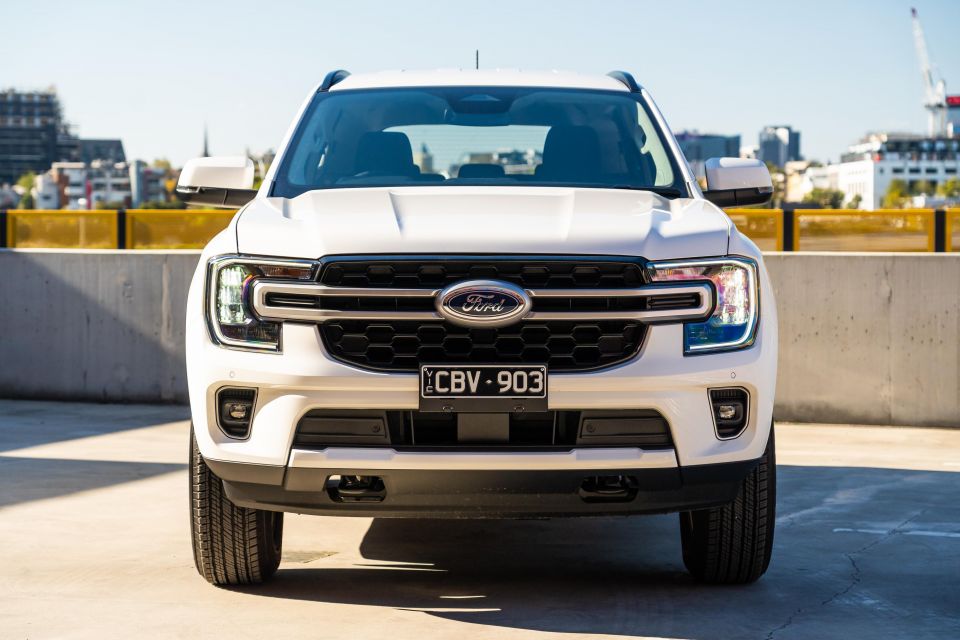

Managing Editor
Australia’s first mandatory automotive emissions legislation appears to have claimed its first victims: the entry-level 4×2 versions of the popular Ford Everest and Isuzu MU-X.
Designed to incentivise carmakers for selling zero- and low-emissions vehicles, and penalise those who sell high-emitting vehicles, the federal government’s New Vehicle Efficiency Standard (NVES) will trigger the discontinuation of the most affordable 4×2 versions of the popular Ford Everest and Isuzu MU-X.
Under the NVES, if carmakers exceed a CO2 emissions target on the vehicles they sell each year, they will be penalised $100 per g/km of CO2 for every vehicle which exceeds the target.
All new passenger and light commercial vehicles weighing less than 4.5 tonnes are covered under the scheme.
Hundreds of new car deals are available through CarExpert right now. Get the experts on your side and score a great deal. Browse now.
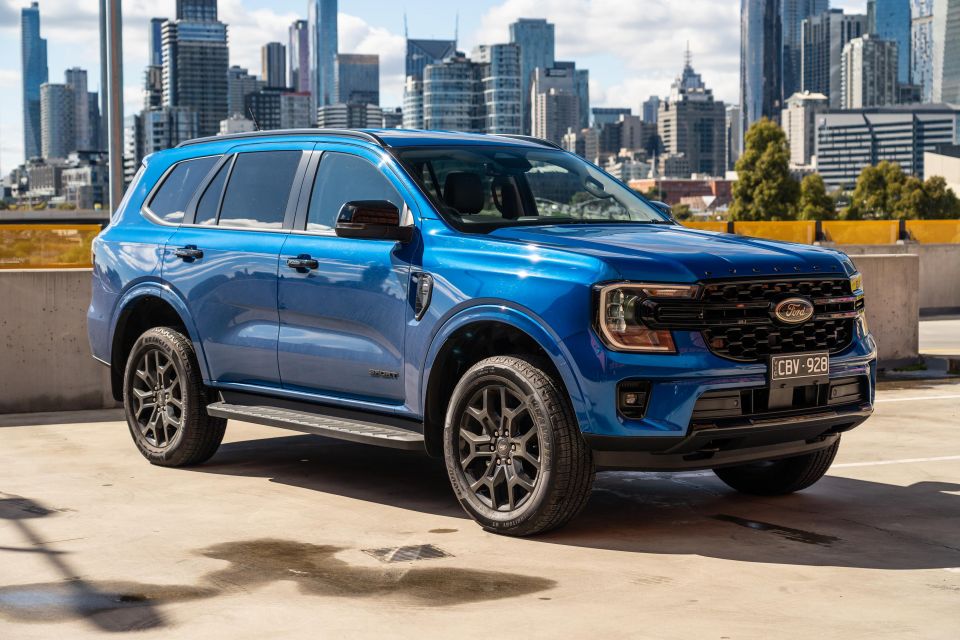
For 2025, the mandate for MA-class passenger cars (Type 1) is 141g/km of CO2, with light commercial vehicles and heavy-duty SUVs (Type 2) set at 210g/km or less.
These CO2 caps will reduce every year until 2029, when they will be much lower at 58 and 110g/km respectively, forcing manufacturers to sell increasingly efficient vehicles.
Brands can also earn emissions ‘credits’ by beating their fleet-wide targets, which can then be used in a subsequent year to help meet tighter CO2 targets, or sold on to other brands to help them reach their emissions targets.
While the NVES legislation came into effect on January 1, 2025, penalties won’t start being accrued until July 1, before the first round of fines become payable in 2028, giving carmakers three years to comply after receiving an annual ‘interim emissions value’ to reduce their fleet-average emissions.
But because 4×2 versions of both the Everest and MU-X are classified as MA (Type 1) vehicles, since they lack four-wheel drive systems, they will be axed to avoid NVES penalties.
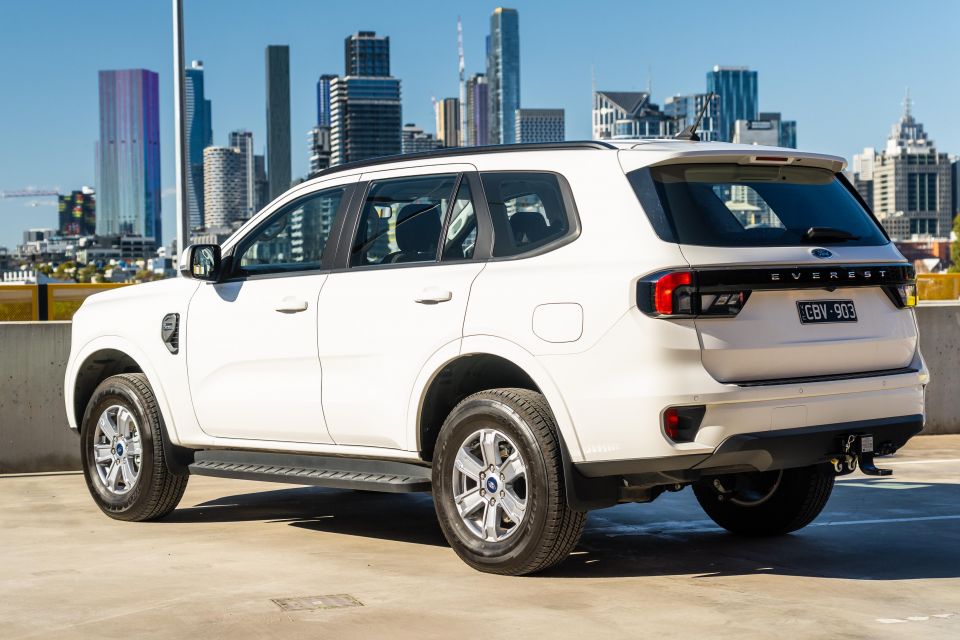
The locally developed Everest was Australia’s top-selling large SUV in 2024 thanks in part to the two cheaper, fleet- and budget-friendly rear-wheel drive versions, one of which opens the range at $54,240 before on-road costs.
“Yes, Everest 4×2 variants (Ambiente and Sport) will depart the Ford Australia line-up from the end of May production,” a Ford Australia spokesperson told CarExpert.
“Being classified as a Type 1 vehicle means that 4×2 variants of Everest will be subject to more stringent restrictions, and therefore higher penalties, from July 1.
“There are a number of factors that go into making these decisions. One of those are penalties. Based on all of these considerations, 4×2 variants will be phased out of the line-up.
“It’s unfortunate for our customers that we’ve made the call to remove 4×2 variants from the Everest line-up, but we’re a business and we have to make commercial decisions.
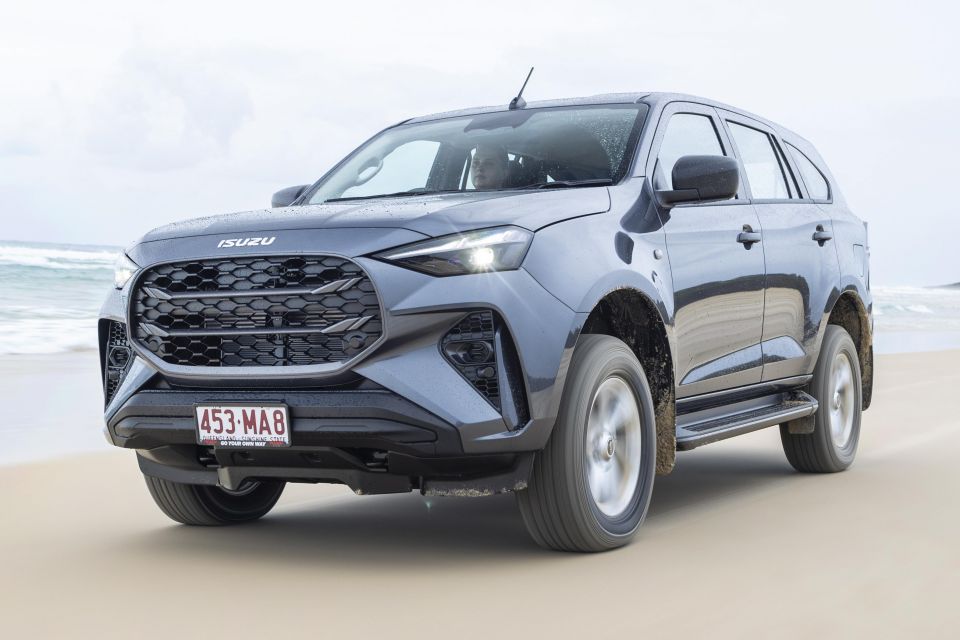
“What it will do is allow us to focus on our four-wheel drive line-up, which has been extremely popular with customers, demonstrated by Everest being number one in its segment in 2024.
“We recognise the importance of an emissions scheme for the country, and we’re continuing to engage with industry and the government to make sure our voice is heard when it comes to creating a supportive ecosystem.”
Asked whether Ford supported lobbying for an exemption of 4×2 ladder-frame vehicles from the Type 1 category, the spokesperson said: “Ford made, and continues to make, representations to government on a variety of topics.”
According to the Green Vehicle Guide, the entry-level Ford Everest Ambiente RWD 2.0-litre bi-turbo diesel produces 187g/km of tailpipe CO2 emissions – well above the 141g/km limit for passenger cars this year.
The Everest’s range-wide emissions figure could be aided by a plug-in hybrid (PHEV) version, but Ford Australia has yet to confirm such a powertrain for its off-roader. The related Ranger ute, however, is getting a PHEV version this year.
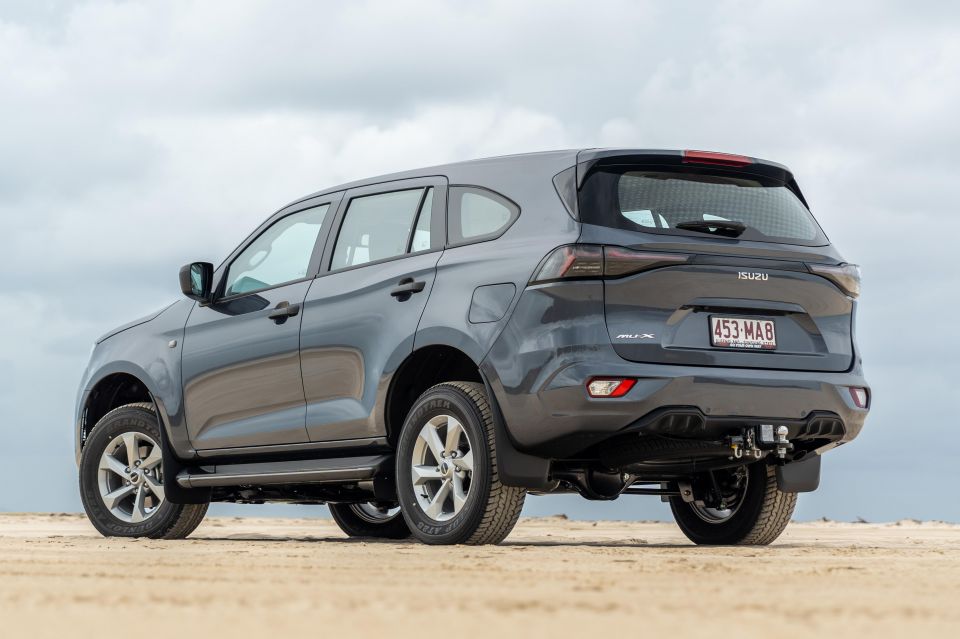
“We have no news to share about any new Everest powertrains,” he said. “We are, however, looking forward to the introduction of Ranger PHEV this year, which features full-time four-wheel drive and all of the capability and versatility that our customers expect of Ranger.
“We have no plans to share around the remainder of our line-up. Ford Australia’s line-up is actually expanding in 2025, with the arrivals of Ranger PHEV, E-Transit Custom, Transit Custom PHEV and Tourneo, and gearing up for Ranger Super Duty.”
Isuzu Ute Australia (IUA) has just launched a facelifted version of its popular MU-X, which was the nation’s second best-selling large SUV behind the Everest in 2024 as Toyota Prado supply was affected by the transition to a new generation..
But IUA denied it would axe 4×2 versions due to the NVES, and said at the MY25 MU-X that it remains committed to selling the diesel-powered SUV and the related D-Max ute in Australia.
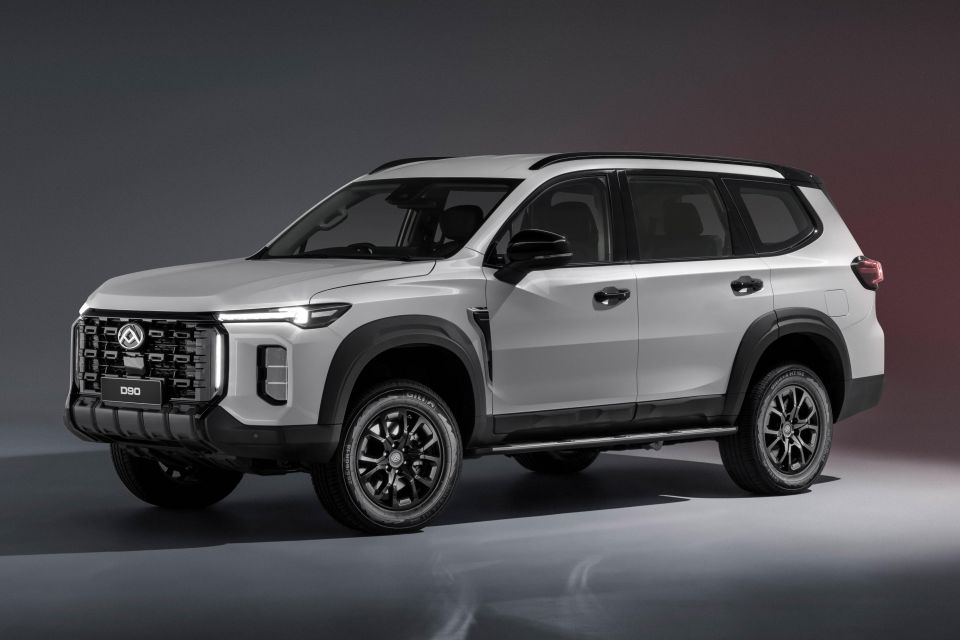
However, CarExpert understands it has communicated to its dealers its intention to discontinue all three 4×2 versions of the upgraded 2025 MU-X, the cheapest of which opens the lineup at $46,990 drive-away and is popular with both fleets and what IUA calls ‘savvy adventurers’.
“At this point in time, we are unable to comment on specifics relating to future model plans, but we do appreciate that the CO2 targets will be challenging for IUA and the majority of the industry,” said an IUA spokesperson.
“However, we equally recognise the importance in continuing to provide Australians with a choice of 4×2 and 4×4 SUVs to suit their needs that is fit for purpose and meets all regulatory requirements.”
While other large off-road SUVs like the Toyota Fortuner and SsangYong Rexton are exclusively 4×4 and therefore classed as MC (Type 2) vehicles subject to a higher CO2 target, LDV Australia offers two 4×2 versions of its D90 large SUV, priced from just $38,937 drive-away.
But a spokesperson for LDV’s Australian distributor Ateco Automotive said the company has no plans to discontinue them due to the NVES at this stage.
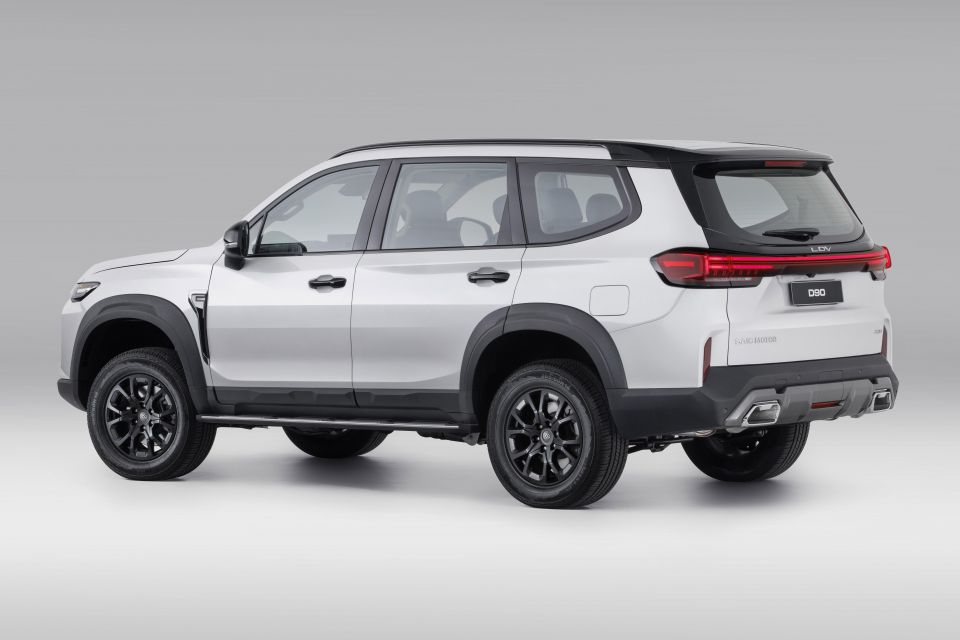
“Three versions of the MY25 LDV D90 are available in Australia. All three variants are powered by a turbocharged 2.0-litre four-cylinder petrol engine (184kW/410Nm) paired to an eight-speed ZF automatic transmission,” he said.
“There are currently no plans to remove the D90 from the LDV range sold in Australia.
“There is strong demand for the LDV D90 and we plan to continue to meet the needs of our customers.
“With a range of electric vehicles available in key segments, LDV is well positioned to deal with changes to the automotive landscape that may occur as a result of NVES.”
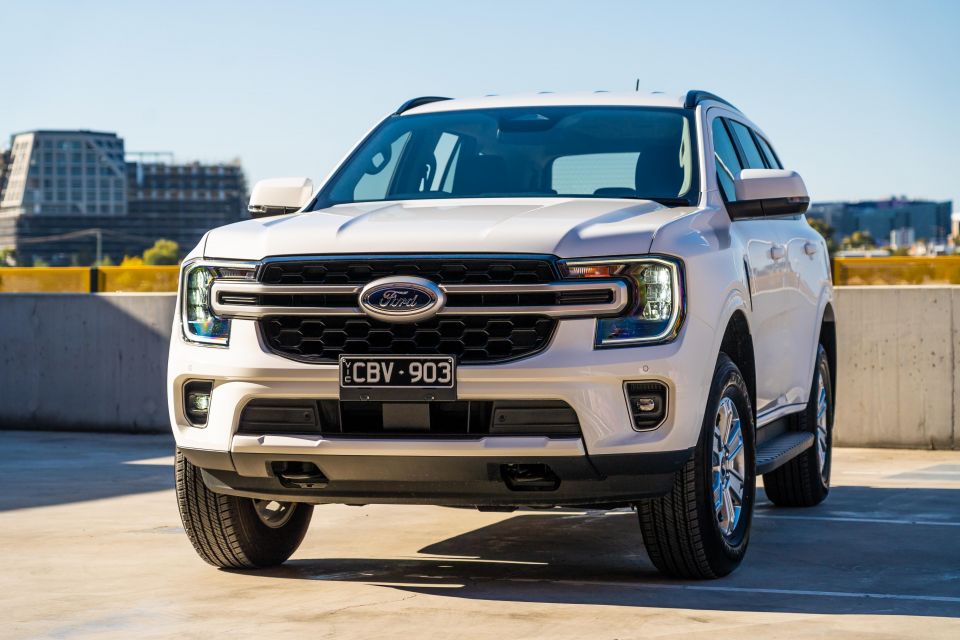
Motor Trades Association of Australia (MTAA) chief executive Matthew Hobbs said the axing of more rear-drive ladder-frame vehicles that can tow over three tonnes from the local marketplace was inevitable due to the NVES.
“Car companies are moving swiftly to adjust to the NVES,” he told CarExpert. “Frankly, that is the point of putting the policy in place – to force change.
“Already we are seeing companies make changes to their lineups in Australia so they can compete. The issue with body-on-frame 4x4s which have a 4×2 variant that tows more than three tonnes is that the different treatment of basically the same car puts the 4×2 in the crosshairs for deletion.
“The unfortunate reality is there are variants that will likely cease to exist going forward.”
MORE: Everything Ford Everest MORE: Everything Isuzu MU-X
Marton Pettendy is a veteran motoring journalist and editor with decades of experience across Australia’s leading automotive titles.


James Wong
4 Hours Ago
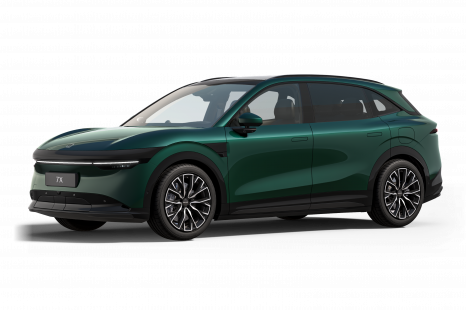

Damion Smy
6 Hours Ago
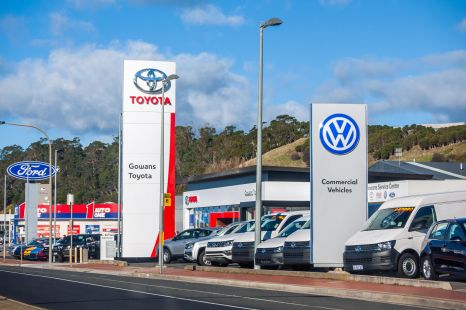

Marton Pettendy
6 Hours Ago
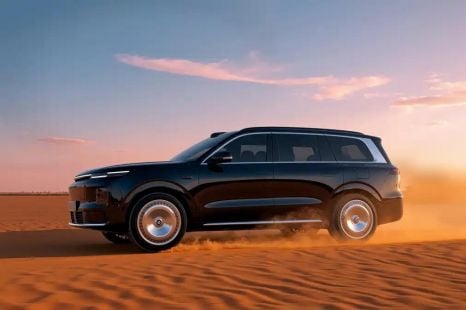

William Stopford
9 Hours Ago
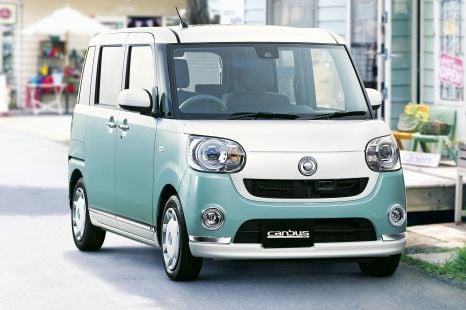

Derek Fung
9 Hours Ago
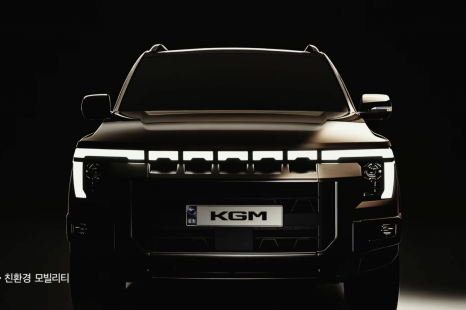

William Stopford
11 Hours Ago